Wouldn’t it be amazing to wake up tomorrow morning and find your site ranks #1 in Google?
What would that mean for your business? It could mean:
- Tons of free, targeted traffic
- An inbox FULL of leads
- Sale, after sale, after sale…
Sounds pretty fabulousish, right?
But how does a business owner – especially one with a small or non-existent SEO budget – achieve this?
I’ll be honest: it’s not something that happens overnight. SEO is a long-term endeavor, and you’ll have to work hard (and smart) to rank on page 1 of the “Google Machine”.
But it IS possible, and this article will share with you exactly how. So, grab your computer and a cup of coffee, sit back, and I’ll tell you exactly how I consistently rank on page 1 for many of my chosen keywords!
*This system will specifically cover how to get your blog posts to rank on page 1 of Google. However, these strategies will also work for your product pages, landing pages and homepage too!
Step 1: Choose a topic to cover
Notice I didn’t say keyword. Yes, keywords are still super important, but not in the same way they once were.
It used to be you could choose a keyword, use it multiple times in your content, commonly called keyword stuffing, and potentially rank highly for that word or phrase. Those days are gone!
With the rise of semantic search (technical explanation here), the value of using singular keywords has changed.
Think about the way people use the internet now: More and more, they’re using voice search (e.g., Siri) to ask questions in a more conversational way. For instance, instead of typing “coffee shop” into Google, they’re more likely to ask Siri, “Where is the closest coffee shop?”.
This has changed not only how Google ranks content, but how business owners should optimize their content.
Instead of choosing one or two keywords to write about, the key is to choose a topic you can write an in-depth blog post about.
When choosing a topic, keep these important factors in mind:
- Do I know enough (or can I learn enough) about this topic to write a truly helpful post about it?
- What unique spin or angle can I cover that no one else has written about?
- Is this a topic my audience really wants to know more about?
Once you’ve figured out the general topic you want to write about you can move on to step 2.
Step 2: Do some basic keyword research to finalize your topic and subtopics
Now that you have a general idea of what you want to write about, it’s time to figure out which topics and subtopics people are ACTUALLY searching for.
One of the simplest ways to do this is using Google’s Keyword Planner tool. It’s free to use, and gives you some quick insight into which words and phrases people are using to find your content, products or services.
Here’s a step-by-step for how to do it.
Once you’ve logged in to the tool, click on Search for new keywords using a phrase, website or category.
Since you’ve already chosen a possible topic to write about, type it into the search box. For the purpose of this post, let’s say I want to write about baking a chocolate cake.
You can enter one keyword or phrase, or several. Your choice!
Click Get ideas.
Now the tool will show you a ton of words and phrase related to your topic(s). It will also reveal some other valuable info:
- Average monthly searches: This is approximately how many people search for that keyword each month.
- Competition: This gives you an idea of how many people are currently bidding for that keyword in AdWords. It can give you a very general idea of how hard it will be to rank for that keyword (i.e., a phrase with “low” competition will probably be easier to rank for than one with “high” competition).
- Suggested bid: Since you won’t actually be bidding on these keywords, this isn’t all that relevant to you. However, a high suggested bid may indicate that the keyword has high commercial intent – meaning other businesses have found they make lots of money when they rank for that keyword!
In general, I’d recommend finding some words and phrases that have at least 100-1K (preferably more) monthly searches and “low” competition.
This will ensure that the topics and subtopics you’re going to be writing about will potentially send a decent amount of traffic, and won’t be too hard to rank for.
Using a paper and pen, Word doc or note-taking app, write down a bunch of words and phrases you can cover to create an in-depth post on your topic.
For instance, some possible keywords I found were:
- Chocolate mug cake
- Eggless chocolate cake
- Chocolate caramel cake
- Good cakes to make
- Chocolate cake recipe
- How to make homemade chocolate cake
My search revealed that most people who search for “chocolate cake” are likely looking for a recipe and/or instructions for making a chocolate cake.
I can now use these phrases to start structuring my post. For instance, I might draft an outline something like this:
Main topic: How to make homemade chocolate cake
Subtopic 1: Types of chocolate cake
-Chocolate mug cakes
-Eggless chocolate cakes
-Easy chocolate cakes
Subtopic 2: Chocolate cake recipes
-Chocolate caramel cake
-Black forest cake
-Chocolate mousse cake
While this is a very simplistic example, hopefully you get the gist. Use what you’ve learned in your keyword research to create a comprehensive post covering every angle of your topic!
*Pro Tip: Once you’ve found a main topic you’d like to cover, try typing it into Google. Check out the types of sites that are currently ranking on page one for that word or phrase. If it’s mostly big, well-known sites that are ranking, you might want to choose a different topic. Those sites will be hard or even impossible for a small business to compete with!
Step 3: Use your keywords in some strategic locations
I’ve already mentioned that keywords aren’t as important as they once were. BUT, they’re still important!
The keywords you found in step 2 will become the foundation of your post, giving you lots of ideas for subtopics you can cover.
It’s important that you use this cluster of keywords in strategic locations in your post. This will let both Google and your readers know which topics and subtopics are important in your post.
The main areas you’ll want to use your keywords are in your:
- Title tag: Not sure what this is? It’s the title of your post in the search engine results – It’s the headline people will click on if they want to visit your site.
- Title of your post
- In your URL: Make sure your URL is descriptive, rather than just a bunch of numbers of letters (e.g., yoursite.com/descriptive-keywords-here rather than www.yoursite.com/asdh.php=5675). If your URLs look like the latter, you’ll want to change the settings on your website to “static URLs”. Here’s a good primer on how to do this in WordPress.
- In your headings: Just like in Word, you can specify which headings and subheadings you want to draw special attention to. In HTML, these headings will be enclosed in heading “tags”: <H1> being the most important heading, and <H6> being the least important.
- In the alt image tag of your images: If it’s relevant, use your keywords to describe your images for the visually impaired.
- In the caption of your images
- Throughout your content: Obviously, you’ll also use your keywords naturally throughout your content. Where relevant, use bold and italic to draw special attention to them.
*Important: Remember that with semantic search, you shouldn’t just focus on using a few random keywords! Think about which variations of your words people would be looking for (plurals, synonyms, etc.) and use those where relevant too!
Step 4: Make sure your content is AMAZING!
Warning: If you carry out the three steps above but your content isn’t unique, engaging and in-depth, it probably won’t rank.
There’s SO much content out there – you need to make sure yours is worthy of reading and of ranking!
You’re already off to a good start in that you’ve chosen a main topic, as well as a bunch of subtopics you can cover. Now you need to write a kick butt post that does justice to those topics.
One important element of your post will be word count. While the quality of your content is MUCH more important than the quantity, an in-depth post will almost always be on the longer side.
According to research done by the folks at Backlinko, the average length of content ranking on page one of Google is 1,890 words.
Other research puts this number even a bit higher; so don’t be afraid to go even longer if you need to!
Some other factors you’ll want to consider when writing include:
- Use images or videos: Both your readers and Google love to see multimedia elements in your copy.
- Include social share buttons: While social shares don’t directly impact your rankings, they do extend the reach of your content – and indirectly this can have a HUGE impact on how well you rank.
- Make sure your URLs are short and sweet. Shorter URLS rank better in Google and are easier for your readers to type and remember.
- Link to other relevant pages and posts. To provide the best content possible, make sure you’re including links to other sites where relevant, as well as to other content on your own site.
- Make sure your content is free of typos and grammatical errors. One or two mistakes won’t hurt you, but any more than that and it can start hurting your credibility!
Step 5: Becomes a link MAGNET
Ever since the first day of the internet, links have been key for getting high rankings. But unlike 10 years ago, it’s now better to focus on link EARNING rather than link BUILDING.
A common strategy in the past (and sadly, still today), was to email site owners something like this:
I don’t know about you, but this type of generic email really wouldn’t entice me to link to someone’s content!
A much better strategy in 2017 is to focus on writing content that DESERVES to get linked to.
4 types of content that naturally attracts links
1. Research-based content
Well-researched and evidenced content is much more likely to receive both links and social shares.
Dig into the research – or do your own research – and then write an in-depth post about what you’ve found.
Some ideas:
- 10 Research-Backed Ways To…
- What The Research Really Says About….
- What We Really Know About….
2. Authoritative opinion pieces
We also know that well-written editorials tend to rank higher in Google.
I’m not talking about short, fluffy posts where you spout off your opinion on a particular topic.
These would be longer, well-planned opinion pieces on current or trending topics.
Some ideas:
- Why I Never/Always…
- 10 Reasons You Should Always….
- What I Really Think About….
3. Posts that journalists and other bloggers would want to link to
Think about what types of content YOU would be most likely to link to.
Some ideas:
- Original research or surveys
- Infographics
- Industry statistics
- A post that takes a unique angle on a popular topic
4. “Evergreen” content that stands the test of time
Evergreen content is simply well-written, in-depth content that readers will come back to again and again. I recommend that every website owner have at least 10 solid evergreen posts to establish their credibility and attract a solid link base.
Some ideas:
- Top 10/20/50 Lists: Top 10 Ways To….
- Industry guides: The Ultimate Guide To….
- Tutorials: How To….
- Beginner’s Guide: The Beginner’s Guide To…
- FAQ’s: 10 FAQ’s About…
Step 6: Make sure your website is SEO-friendly
If you have a newer, WordPress blog, there’s a good chance your site is already pretty well-optimized for SEO.
Nevertheless it’s a good idea to double-check that these basics are in place, or you could be losing out on a lot of traffic!
Here are some basics you should check:
- Make sure your site is mobile-friendly. Use Google’s Mobile-Friendly test to make sure your site runs well on mobile devices.
- Check out your Google Search Console for warnings. Your Search Console is how Google will communicate any problems or issues with your site. Check it regularly!
- Make sure your site loads quickly: Use Google’s PageSpeed Insights tool to detect any issues with speed.
- Make sure your site is as user-friendly as possible. A complicated, busy or confusing layout can make it difficult for your visitors – and even Google – to navigate around your site.
Bonus Step: Use WordPress Plugins To Set Your SEO on Auto Pilot (Kind of)
If you have a WordPress site, plugins can take much of the guesswork out of your SEO! This final section will outline some of the best plugins you can use to optimize your site and content.
Yoast is one of the most popular SEO plugins out there. It will analyze your page to ensure you’re using your keywords properly, will check page length and image tags, and will even help you with the “behind the scenes” technical optimization of your site.
All in One SEO contains many of the same basic features as Yoast, but has a slightly simpler interface – making it a good option for those who just want to activate a plugin and start writing. It also has free integration with e-commerce sites like WooCommerce. The biggest downside is it doesn’t analyze or score your content or keywords like Yoast does – and this is a pretty big deal in my opinion.
This plugin is touted as the “SEO tool for non-SEO experts”. It’s super user-friendly, making it a great option for anyone who gets sweaty hands at the mere mention of “optimization”! Here’s how it works: Simply start writing, and when you do something right, the interface will light up green. Once all the lights are green, your page is fully optimized and you’re ready to hit “publish”!
Looking for more great WordPress plugins you can use? Check out my post 25 Must-Have WordPress Plugins To Grow Your Small Business.
Final thoughts
SEO may not be your favorite thing in the world, but it doesn’t have to overwhelm you. This post outlines everything you need to know to get your site and content ranking as quickly as possible.
Just keep in mind that there are no “quick fixes” when it comes to SEO. All the hard work you do today will give you a great chance of ranking…but it may take weeks or even months to start seeing results. Don’t give up before you achieve the results you want!
Did you find this post helpful? If so, you’ll probably like this one too:
How To Write Blog Posts That Drive Traffic From Day One
What’s YOUR best tip for getting high search engine rankings? Share in the comments below!
About Author
Kim Garst
Kim Garst is a renowned marketing strategist and speaker who is trailblazing the use of artificial intelligence in digital marketing. With over 30 years of experience as an online entrepreneur, Kim helps entrepreneurs grow their business and authority online by using AI technology. She is leading the way with proven AI frameworks that help entrepreneurs build authority in their space.
She is keynote speaker and an international best-selling author of Will The Real You Please Stand Up, Show Up, Be Authentic and Prosper in Social Media.
Named by Forbes as a Top 10 Social Media Power Influencer, Kim is well-known for her skill to simplify complex technology and make the use of AI understandable for business growth. Her relatable, actionable advice helps guide new entrepreneurs to harness the power of AI to succeed in digital marketing. Kim is leading the way in combining human and technological skills to create a new model for AI-powered marketing.

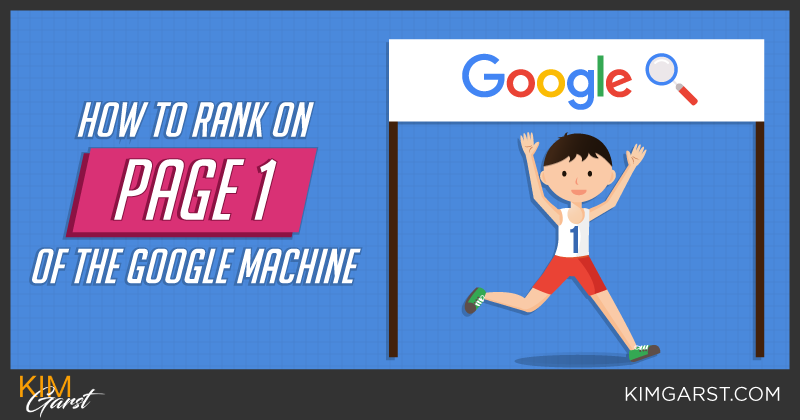
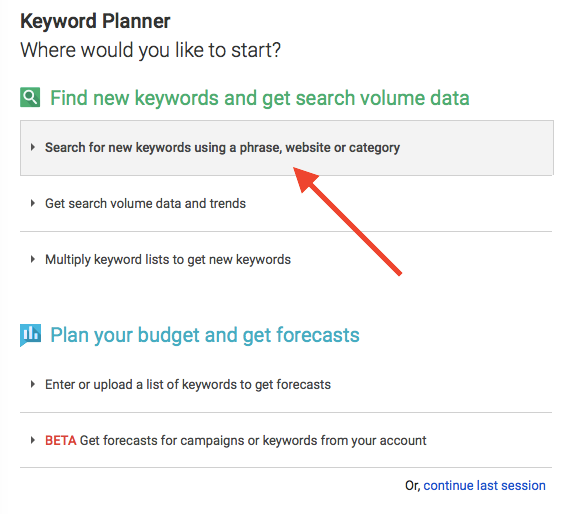
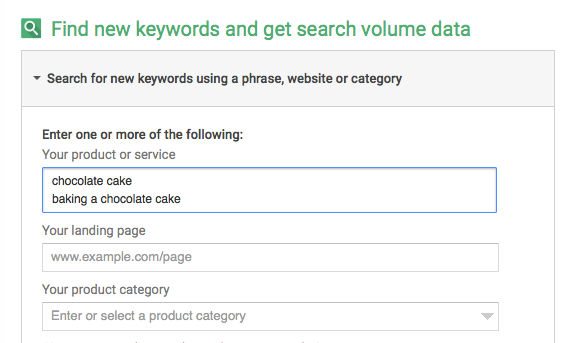


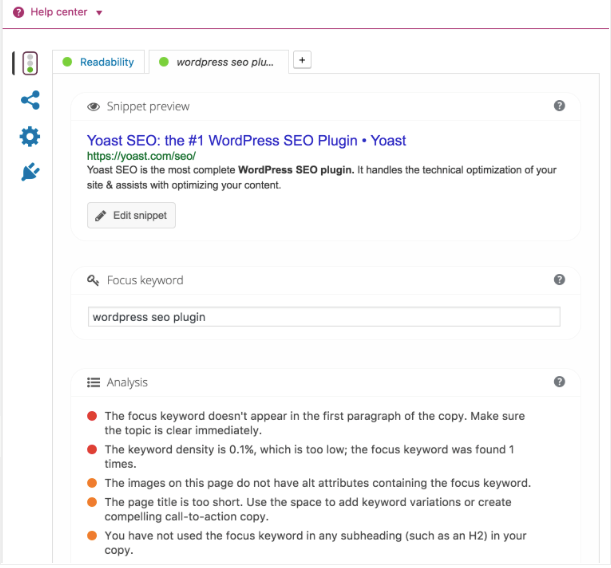

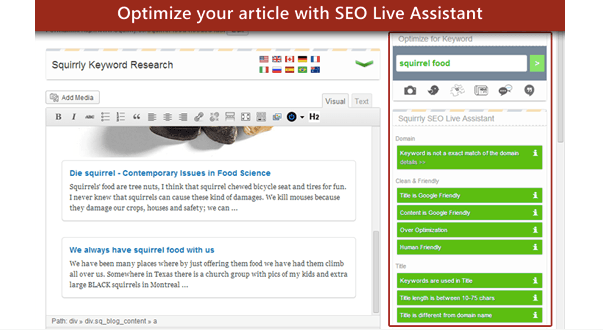

2 thoughts on “How to Rank on Page 1 of the Google Machine”
I’d love that you point out the generic emails that some people send out to get some links. I’d love it when it is personal and of value to my readers. This is a great article and a nice share! Thanks!
Very impressive. It’s really a good post for the beginners.